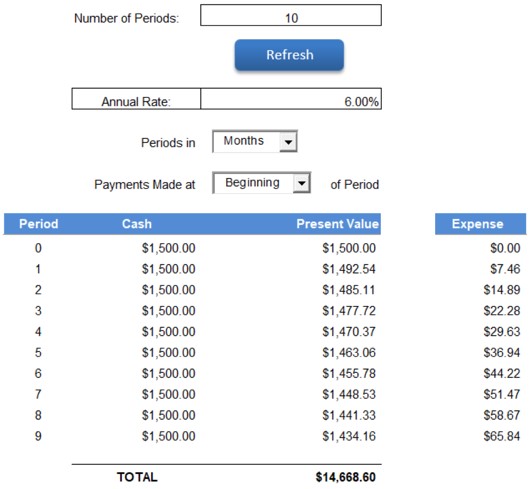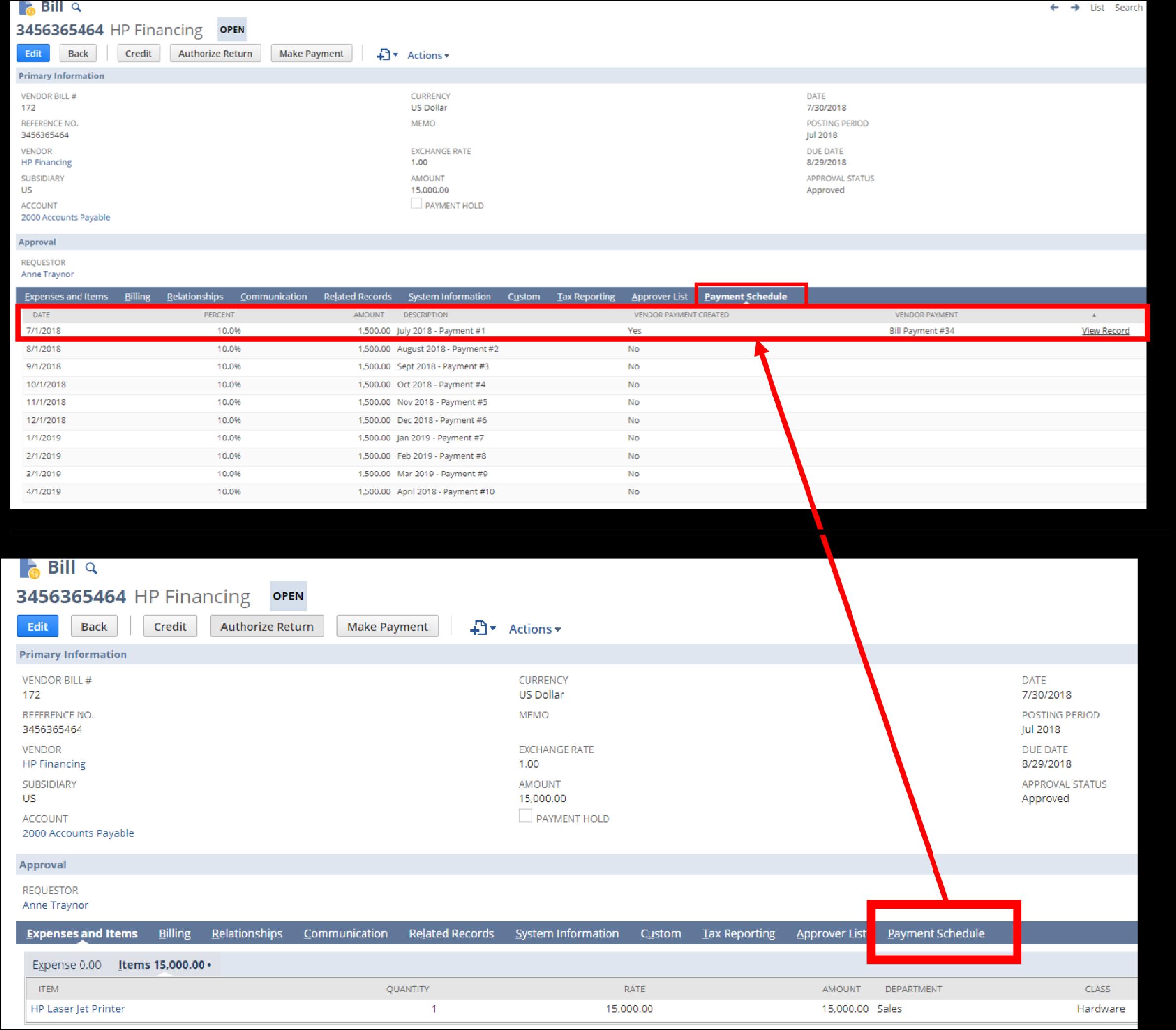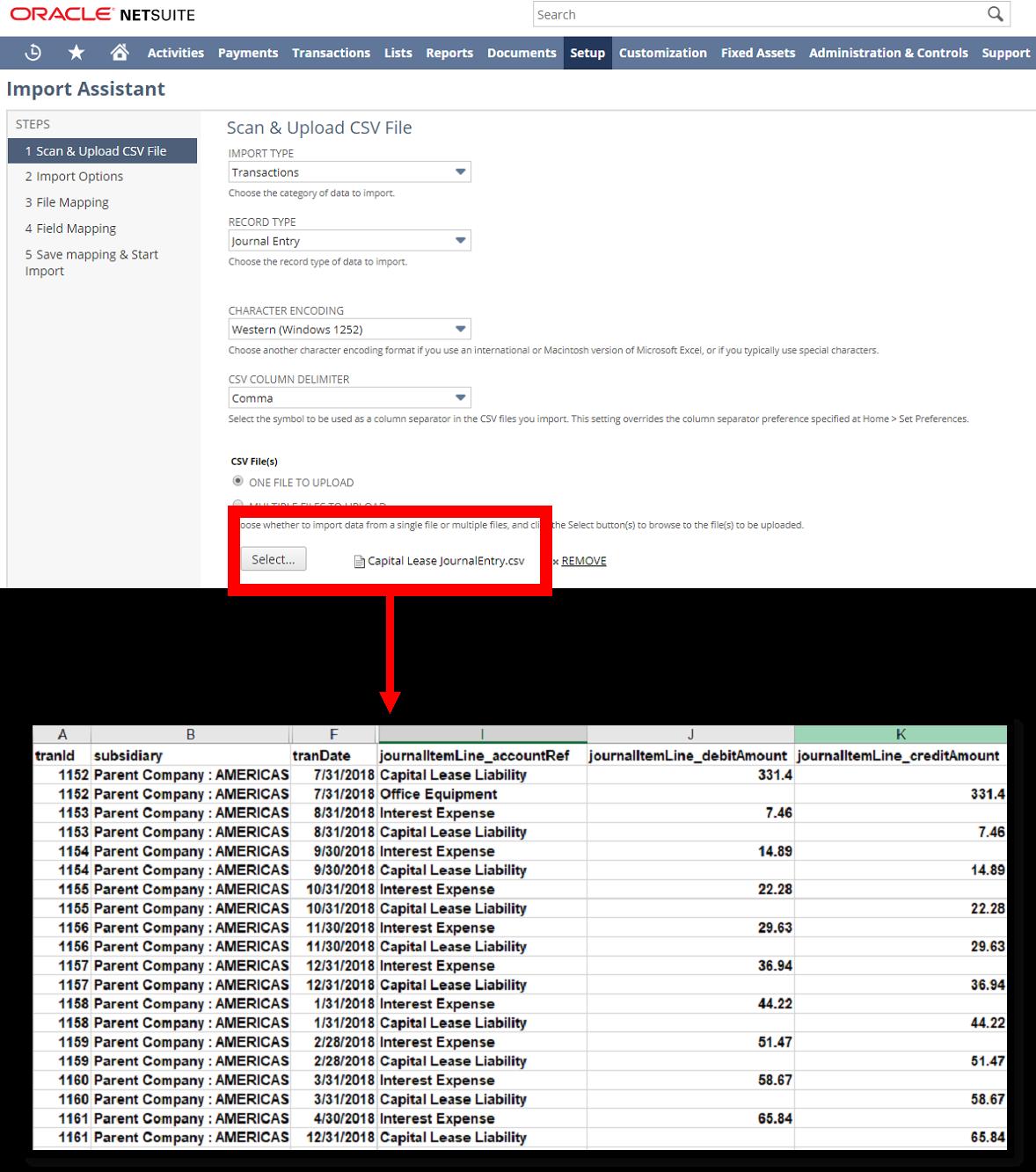Now that public companies have adopted ASC 606 for revenue accounting and private companies are on track to do the same by the end of this year, a new accounting change is on the way that will address the way companies account for leases.
These new lease accounting regulations will require strong accounting acumen. The new standards will require organizations that lease assets, or “lessees” to recognize the assets and liabilities of those leases on their balance sheets. The new guidance requires lessees and lessors to recognize assets and liabilities for leases with terms of more than 12 months.
The new regulations still require lease classification as a finance or operating lease, but the new standards will now also require that both types of leases be recognized on the balance sheet.
The new standards are aimed at helping investors and other financial statement users better understand the amount, timing, and uncertainty of cash flows arising from leases. Some confusion still exists around the topic. In 2005, the SEC conducted a survey that estimated the off-balance sheet obligation associated with operating leases for public companies was $1.25 trillion.
To that end, the new standards are designed to improve lease accounting in the following ways.
- Providing a more faithful representation of the rights and obligations arising from leases.
- Fewer opportunities for organizations to structure leasing transactions to achieve a particular accounting outcome on balance sheet.
- Improve the understanding and comparability of lessees’ financial commitments.
- Aligns lessor accounting and sale and leaseback transactions guidance more closely to ASC 606.
- Provides additional information about lessors’ leasing activities and lessors’ exposure to credit and asset risk as a result of leasing.
In preparing for ASC 842 and IFRS 16, there are lessons to be taken from the implementation of ASC 606. The process of adopting ASC 606 required businesses to gather all customer sales contracts and determine how to account for each component in the contract based on the standards. The process for lease accounting will be similar in approach to ensure that leases are compliant with the new lease accounting regulations.
The new lease accounting standards will be most challenging for dual reporting companies – those who are required to publish their financial information under both international standards – IFRS 16 and US GAAP – ASC 842. Dual reporting companies will need to maintain different processes, controls and accounting systems for each framework to comply with the different lessee reporting requirements.
Once companies have determined how leases should be accounted for, NetSuite can help keep tabs on each lease by uploading them to the NetSuite digital file cabinet. After determining the net present value (NPV) and effective interest, you can amortize leases through simple customization by creating a vendor bill for the total capital lease liability and a payment schedule. The payment schedule will prompt a payment to be made based on the scheduled date. The payment schedule will then provide an automated process for the lease payments. Then you can import adjusting journal entries with NetSuite’s import assistant. The journal entries will automatically post monthly adjustments, without the need to manually create multiple journal entries each month.

On a more granular level, let’s see how you would handle this if lease payments of $1,500 are made at the beginning of the period for 10 periods. Our lease calculation for this scenario in Excel is as follows:

Now we create a Vendor Bill in NetSuite for $15,000 (the total capital lease liability), with an accompanying Payment Schedule. Once created the Payment Schedule will prompt for a payment to be made based on the scheduled payment date. The Payment schedule will provide an automated process for payments.

Now you can import an adjusting journal entry with NetSuite’s import assistant. The journal entry will automatically post monthly adjustments, and now there is no need to manually create lease journal entries each month thus expediting the monthly close process.

If the business has requirements to report information under both ASC 842 and IFRS 16, they can separately account for their leases using NetSuite’s multi-book accounting functionality.
In future releases, NetSuite will provide added functionality that will make compliance with the new lease regulations even easier. Functionality for things such as NPV and effective interest calculation requirements will be added.
Effective January 1, 2019 for public companies and January 1, 2020 for privately held companies, the IASB’s and the FASB’s new lease standards will require that almost all leases be reported on lessees’ balance sheets as assets and liabilities. At a high level some of the key aspects of IFRS 16 and ASC 842 include but are not limited to:
| CATEGORY | IFRS 16 | ASC 842 |
|---|---|---|
| EFFECTIVE DATE | January 1st 2019 | December 16th, 2018 – Public Companies December 16th, 2019 – Private Companies |
| APPROACH & COMPARATIVES | Full or Modified Retrospective | The modified retrospective is required for all leases existing at or entered into on or after, the beginning of the earliest comparative period. |
| BALANCE SHEET IMPACT | Lessees have the option to exclude ‘low-value’ leases (≤ $5,000 in value), even if they are material in aggregate) | No Exemption for ‘low-value’ leases. |
| LEASE CLASSIFICATION | Single Classification | Dual Classification – Finance and Operating Leases |
Public companies should start the process soon (if they have not already done so) to make sure they will be compliant with the new regulations and disclosure requirements. Private companies have until the end of 2019 to make sure they’re ready for the new requirements – but it never hurts to start sooner.
Learn more about the importance of software in managing lease accounting in this analyst report.







